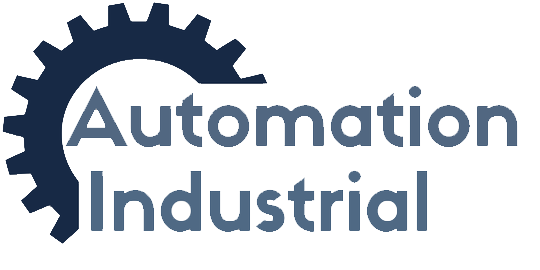The Evolution of Automation: Tracing the History of Programmable Logic Controllers
Tags: PLC, History, Automation
The Programmable Logic Controller (PLC) has become a cornerstone in the world of industrial automation. Its journey from a rudimentary sequential controller to a sophisticated, networked automation tool reflects the broader evolution of manufacturing and industrial processes. This article delves into the rich history of PLCs, exploring their inception, development, and the technological milestones that have shaped their role in modern industry.
Birth and Early Development
Genesis in the Automotive Industry
The story of the PLC begins in the 1960s, rooted in the automotive industry's need for more efficient manufacturing methods. Traditional relay-based control systems were cumbersome, inflexible, and time-consuming to rewire for different production models. In response to this challenge, General Motors' Hydra-Matic Division issued a request in 1968 for a solid-state system to replace the complex relay-based systems.
The First PLC: Modicon 084
This challenge was met by Dick Morley and his team at Bedford Associates, leading to the creation of the first PLC, the Modicon 084. The Modicon 084 revolutionized industrial control systems with its ability to be reprogrammed electronically, eliminating the need for manual rewiring. It was a compact, flexible, and more reliable solution compared to the cumbersome relay systems.

Technological Advancements and Expansion
From Hardware to Software
The 1970s and 1980s marked a significant period of innovation and expansion for PLCs. The hardware-centric approach of early PLCs gradually shifted towards a software-focused design. This transition was driven by advancements in microprocessor technology and programming languages. Ladder logic, a programming language resembling electrical relay logic, became the standard, making PLCs more accessible to engineers familiar with electrical systems.
Integration with Computers and Networks
The advent of personal computers and local area networks in the 1980s further enhanced the capabilities of PLCs. The integration of PLCs with computer-based systems allowed for more complex control algorithms, data logging, and diagnostic capabilities. The introduction of Ethernet and other network protocols enabled PLCs to communicate with other devices and systems, paving the way for integrated manufacturing environments.
Advent of Modular and Compact PLCs
The 1990s saw the development of modular and compact PLCs. These new models offered enhanced flexibility and were easily scalable, catering to a wide range of industrial applications. The modular design allowed for easy customization and expansion, depending on the specific requirements of a production line or process.
The Modern Era and Future Trends
PLCs in the Era of Industry 4.0
In the 21st century, PLCs have evolved to become integral components of Industry 4.0. They are now part of sophisticated systems involving the Internet of Things (IoT), artificial intelligence, and cloud computing. Modern PLCs are capable of handling vast amounts of data, supporting predictive maintenance, and enabling real-time decision-making in complex industrial processes.
Integration with Advanced Technologies
The integration of PLCs with advanced technologies like machine learning algorithms and big data analytics has dramatically increased their functionality. This synergy allows for more efficient, autonomous, and intelligent control systems, capable of adapting to changing conditions and optimizing processes in real-time.
Future Prospects: Towards Greater Connectivity and Intelligence
The future of PLCs lies in further integration with cyber-physical systems and the advancement of edge computing. As the line between physical and digital worlds continues to blur, PLCs are expected to become even more adaptive, intelligent, and interconnected. The focus is shifting towards creating more energy-efficient, sustainable, and responsive control systems, aligned with the evolving needs of modern industry.
Conclusion
The evolution of Programmable Logic Controllers mirrors the broader trends in technology and manufacturing. From its inception as a solution to automotive manufacturing challenges to its current role as a pillar of smart factories, the PLC has been instrumental in shaping the landscape of industrial automation. As we look towards the future, PLCs will undoubtedly continue to adapt and evolve, embracing new technologies and playing a critical role in the ever-advancing realm of industrial automation. This journey, marked by continuous innovation and adaptation, highlights the PLC's resilience and significance as a tool that has reshaped the way industries operate.

